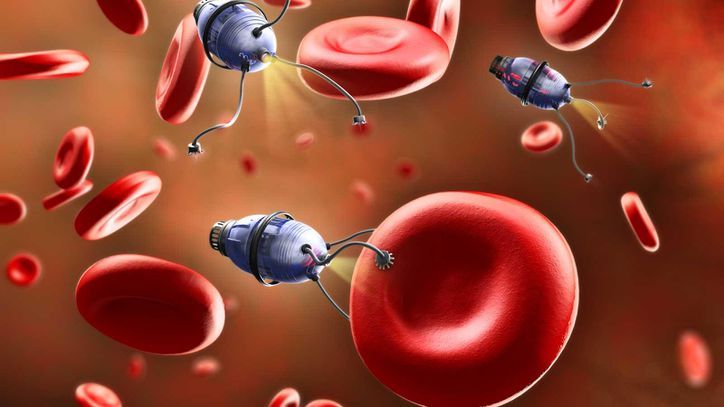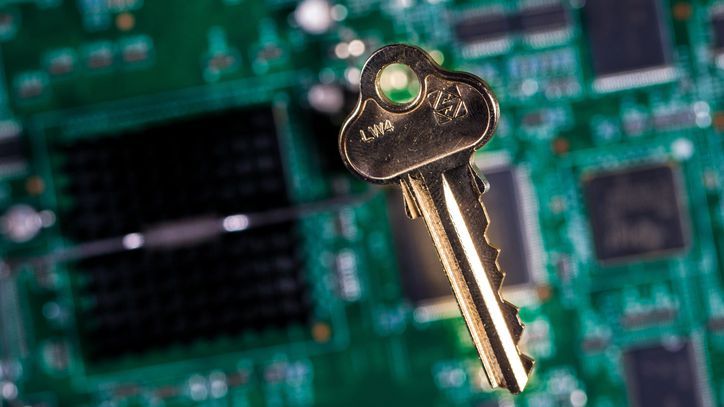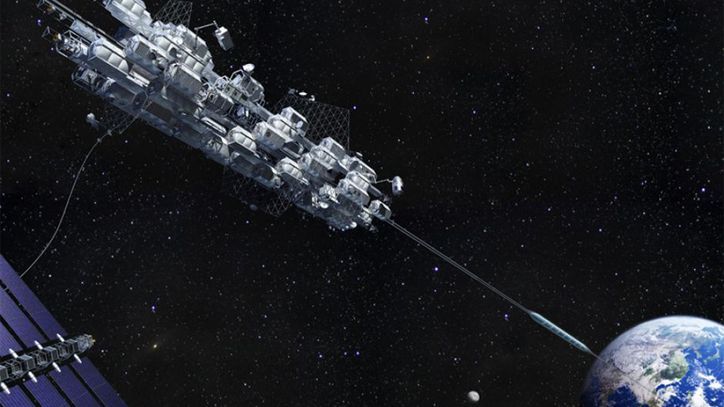Researchers have developed a new method to control nanobots — inside the human body.



Sometimes science simply confirms what we already know to be true. You know what I’m talking about: researchers will find evidence that losing sleep makes you cranky and bad at your job, that eating lots of vegetables is good for your gut, or that Uranus is surrounded by a noxious fart cloud.
Indeed, the new findings on the latter published in Nature Astronomy come as no surprise to those who’ve spent time closely examining Uranus. More than a year ago, planetary scientists told Gizmodo’s Ryan F. Mandelbaum that the essence of this ice giant’s scent would probably be dominated by ammonia and hydrogen sulfide. Hydrogen sulfide gives rotten eggs their stink, but it’s also associated with the odor of a human fart.
Still, scientists had never directly detected the presence of these stinky molecules. Until now, that is. The authors of the new study examined sunlight bouncing off Uranus as captured by the 8-meter Gemini North telescope in Hawaii. Scientists determined what sorts of molecules were inside the atmosphere by examining the light it reflected in infrared. Different compounds absorb and cast off different wavelengths of light—creating a distinct and identifiable signature if you know what to look for. Think of it as dusting for fingerprints, but instead of a suspect, you’re looking for molecular compounds. The group says they were just barely able to detect the signatures they sought; it took a telescope as sensitive as Gemini and conditions as clear and perfect as those found at its home on Mauna Kea. Even though no one has ever smelt it, scientists can now say with certainty which molecules have dealt it.

Scientists have long believed that our solar system might have a ninth planet orbiting well beyond Neptune and Pluto. Scientists hypothesize that the mysterious planet would be between five and 20 Earth masses and would orbit on an elliptical some hundreds or thousands of times more distant from the Sun than the Earth.
With the planet thought to orbit so far from Earth-based telescopes, it could be impossible to find with current telescopes. The challenge is that the planet is thought to be so dim, about a million times dimmer than Neptune, that it could hide in the light pollution from the Milky Way. Earth’s most potent observatory currently is the Subaru Telescope in Hawaii.
That massive telescope can view a field in the sky about the size of 4,000 full moons at once. Even with such a gigantic field of view, Planet Nine is very difficult to observe. Researchers note that if the orbit of the mysterious world is beyond the 1,000 AU limit of current telescopes, it could lie invisible for the next 1,000 years.



Drones have, as with most technologies, a wide spectrum of usefulness. What one uses to pick fruit, another will use to kill a human being. Companies are increasingly looking to drone technology to solve big and small problems but what does the future hold for this helpful and lethal technology?
Kevin Bolen, Principal, Innovation & Enterprise Solutions, KPMG is paid to know such things and spoke recently about the regulation reviews surrounding drones; “Both the US and UK have similar regulations in place around the flying of drones, which restrict commercial applications. Drones must weigh less than 55 lbs, and be flown within line of sight of the pilot, in daylight, below 400 feet and away from restricted airspace (e.g., airports). A pilot can only control one drone at a time. With so many restrictions, the primary utility now is for video streaming/recording; cameras are lightweight, and drones can easily access areas that are costly or unsafe for humans. [Streaming/recording] can prove helpful for inspection of large assets (e.g., oil rigs or bridges) or conducting an inventory of livestock or other materials.”
Despite limitations, drone use is increasing and could add to GDP of most countries (2% for the UK alone per PwC research). When asked, Bolen agrees companies will likely rent more drones rather than buy them. In some cases owning will make more economic sense but the key is to think beyond your needs right now and partner with the right people; “As the demand for drones increases, the scale and efficiency of the companies servicing this demand will grow and they will continue to optimize the performance and range of offerings faster than an individual firm could handle on their own.” Bolen also believes that specialized licenses will be commonplace for drone operators as with the trucking industry.


Find out more about the leading space tech focused accelerator for European startups:


LEAF’s August 2018 roundup is out!
We hope August has treated you well—it certainly did so for life extension, as this has been another month full of great news for the field. Don’t be upset with the departure of summer and the arrival of autumn, because little by little, we’re getting close to pushing away the autumn of years.
More investments against aging
The fight against aging is being taken more and more seriously by a growing number of investors, who realize the world-changing potential of effective rejuvenative treatments as well as the great opportunity for profit. Juvenescence Limited, which recently closed a 10-million deal with Ichor Therapeutics‘ Antoxerene, has now announced the purchase of 14.4 million shares of BioTime’s AgeX Therapeutics—a company focused on extending healthy human lifespan—for a total of over $43 million. AgeX’s work focuses on telomerase upregulation and cell therapies, and Juvenescence has invested in AgeX before. The news has been reported and commented on on Fight Aging! as well.